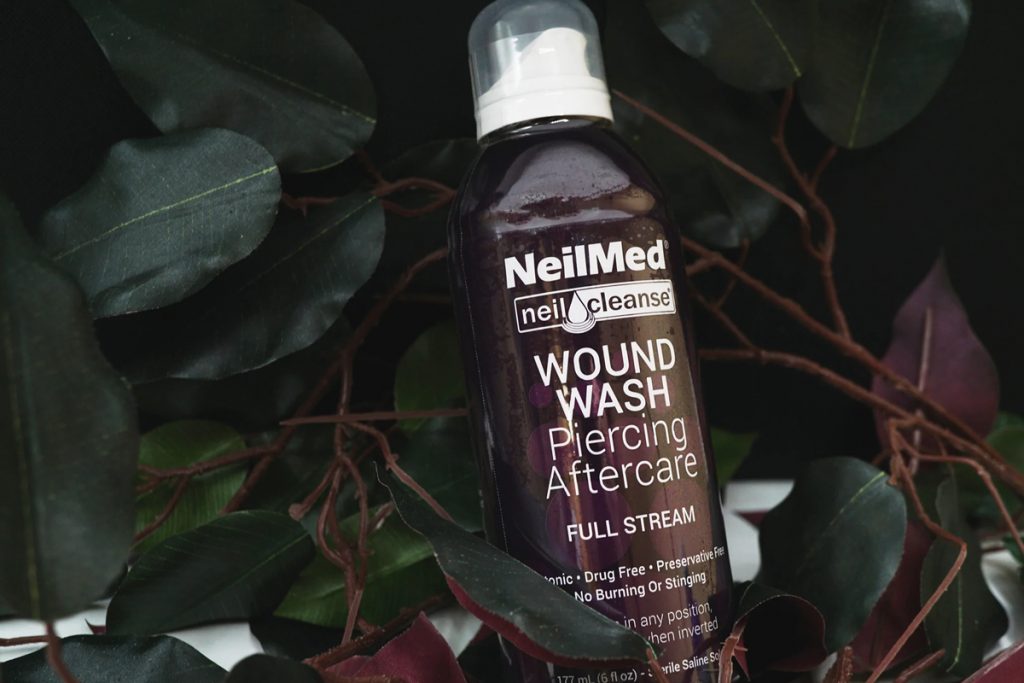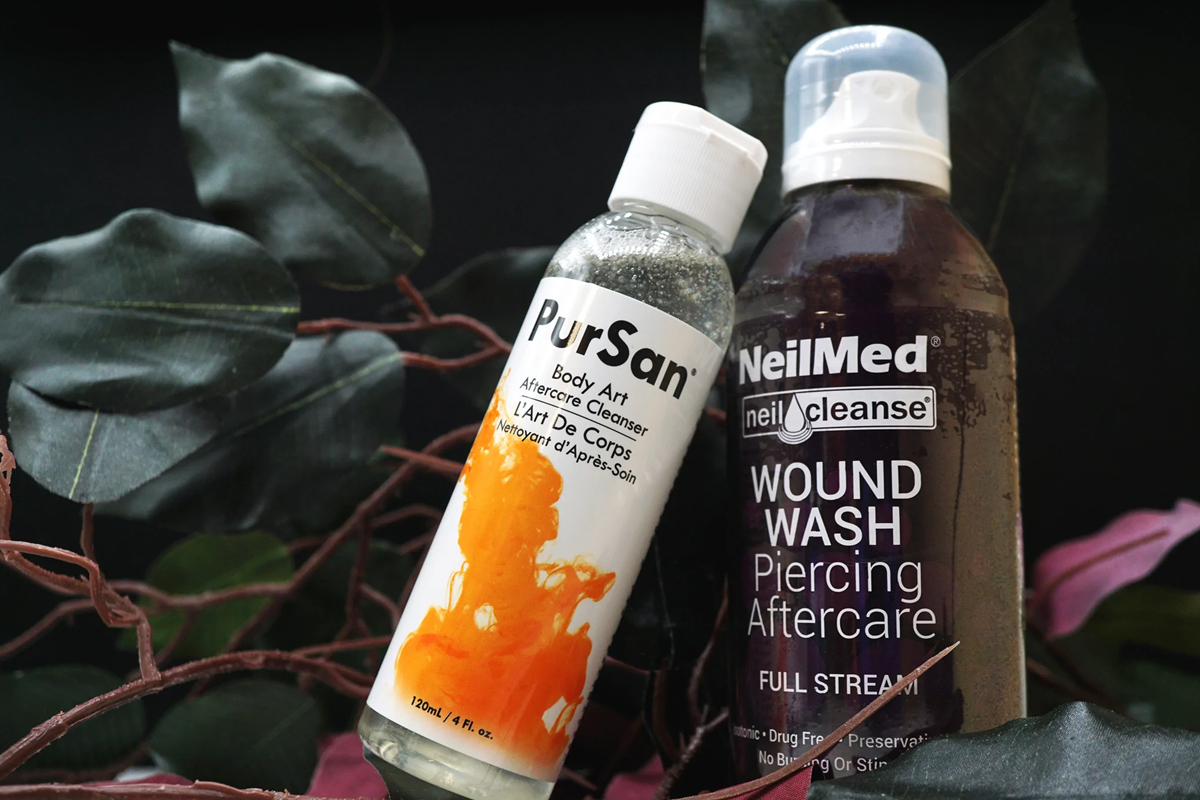We may earn money or products from the companies mentioned in this post.
Wounds are tricky. They’re dirty, they’re wet, they’re prone to infection, they’re painful, and they look nasty. Saline Wound Wash is designed to help with these problems and more. A wound is a clean, painful, and upsetting situation for anyone. Thanks to the effects of the dirt, wetness, and infection, wounds often cause problems for their hosts.
Saline Winding helps clean the wound, decrease pain, and kill harmful bacteria. This article lists the pros and cons of using Saline Wound Wash and explains how you can use it at home safely. Check it out to learn more about this natural remedy and its uses.
Saline Wound Wash is a natural wound healing gel that helps ease pain and speed up the healing process of dry, minor cuts or wounds in various ways. It also provides a refreshing, cooling feeling while using it, which can help with pain relief too!
How Does Saline Wound Wash Work?
Saline wound wash is a sterile solution that adds deionized water to sodium chloride (or “table salt”) to create an effective wound healing agent. Sodium chloride is a highly alkaline substance that can draw moisture from organisms (mainly bacteria) and wounds. The deionizing process removes contaminants, so the solution is safe for internal and external use. This would apply only if applied with proper disinfecting again afterward, of course.
The .5% concentration of salt used in this formula is effective at inhibiting bacterial growth when combined with other ingredients in an adequate amount as it does in Saline Wound Wash as well as for general antiseptic effects (similar concentrations of salt have been clinically used for colds and sore throats). The three main ingredients are sodium chloride, deionized water, and glycerol caprylate (also known as “saponifying”) alcohol. Some people claim they’ve found success after adding other oils such as olive oil or honey instead; however, research shows otherwise.

Hi~Living Deals from "Bonobos"

